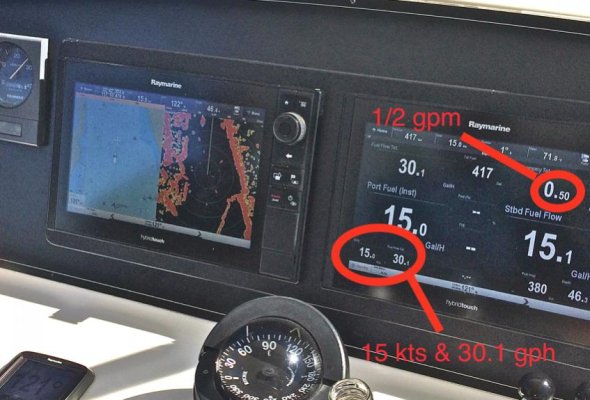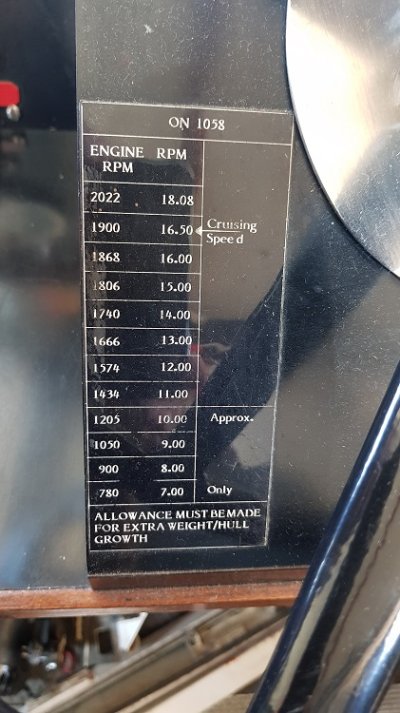Nomad Willy
Guru
Hills,
I take 15 minutes min to warm up enough to go to cruise rpm.
And I’m sure there are parts of the engine not heat soaked even then And perhaps that would take 30 minutes to an hour running at cruise.
My 15 min are done with several steps from 1400rpm to 2300 and 6.15 knots. And 2300 is 700 down from the rated rpm of 3000.
Is your Hat what they call a “flush deck” yacht?
I take 15 minutes min to warm up enough to go to cruise rpm.
And I’m sure there are parts of the engine not heat soaked even then And perhaps that would take 30 minutes to an hour running at cruise.
My 15 min are done with several steps from 1400rpm to 2300 and 6.15 knots. And 2300 is 700 down from the rated rpm of 3000.
Is your Hat what they call a “flush deck” yacht?
Last edited:





